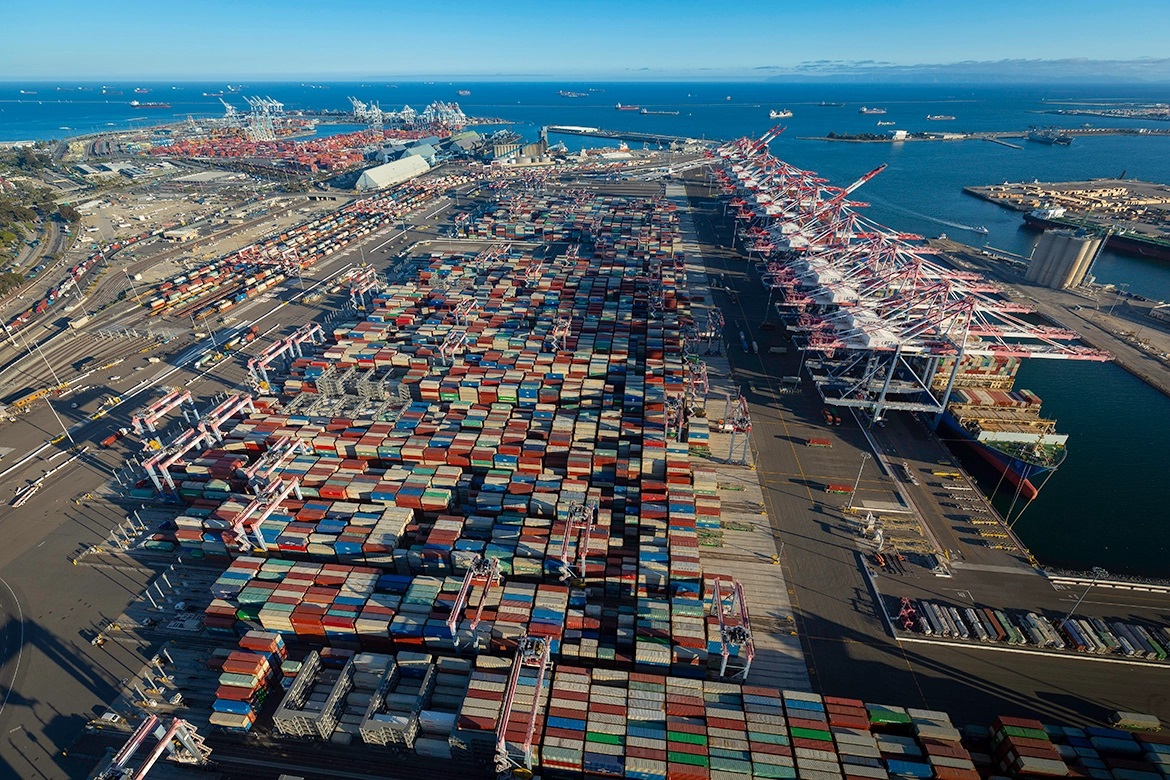Have a story idea
Have a story idea? Send it to us here.

Source : Port of Long Beach
April 19, 2022
Author : Alex Bustillos
Pier B at the Port of Long Beach will soon be getting an on-dock rail in addition to other rail projects.
The US Maritime Administration issued its final environmental impact statement (EIS) and record of decision this Monday.
The Pier B On-Dock Rail Support Facility is designed to move cargo to a rail system so that containers can be moved around from terminals much faster and eliminating the need to move supplies by truck.
“Simply put, the Pier B On-Dock Rail Support Facility will move cargo faster and with fewer environmental impacts,” said Port of Long Beach Executive Director Mario Cordero. “We thank MARAD for its work completing the EIS, which allows us to receive federal funding for a facility that will benefit the whole country.”
The approval couldn’t come at a better time, as experts are warning that China’s coronavirus lockdown in Shanghai could “once again cripple global supply chains.”
Allowing goods to more quickly enter the US should be a top priority of any official with authority over supply chains as commodity prices “are going haywire,” and shortages from microchips to everyday products like baby formula and sunflower oil affect consumers.
The Port of Long Beach is a priority node in the supply chain. In fact, it’s “a gateway for $200 billion in job-generating trade each year,” said Long Beach Harbor Commission President Steven Neal. “This project will help cargo move more efficiently, and it’s vital to maintaining our competitiveness and meeting our environmental goals.”
The port is the second-busiest container seaport in the United States.
Last week, both the Long Beach port and the one in Los Angeles delayed implementing a fee against companies that stick around too long, with the next possible date of implementation on April 22.
While the amount of “aging cargo” has been declining at the ports, thousands of containers continue to dwell day-after-day, with about 20 percent staying more than nine days.
In addition to reducing congestion, port officials aim at transforming the port into the “most modern, efficient and sustainable seaport.”
Category : Coronavirus Pandemic Green Construction International Investment in Infrastructure Ports Railroads
